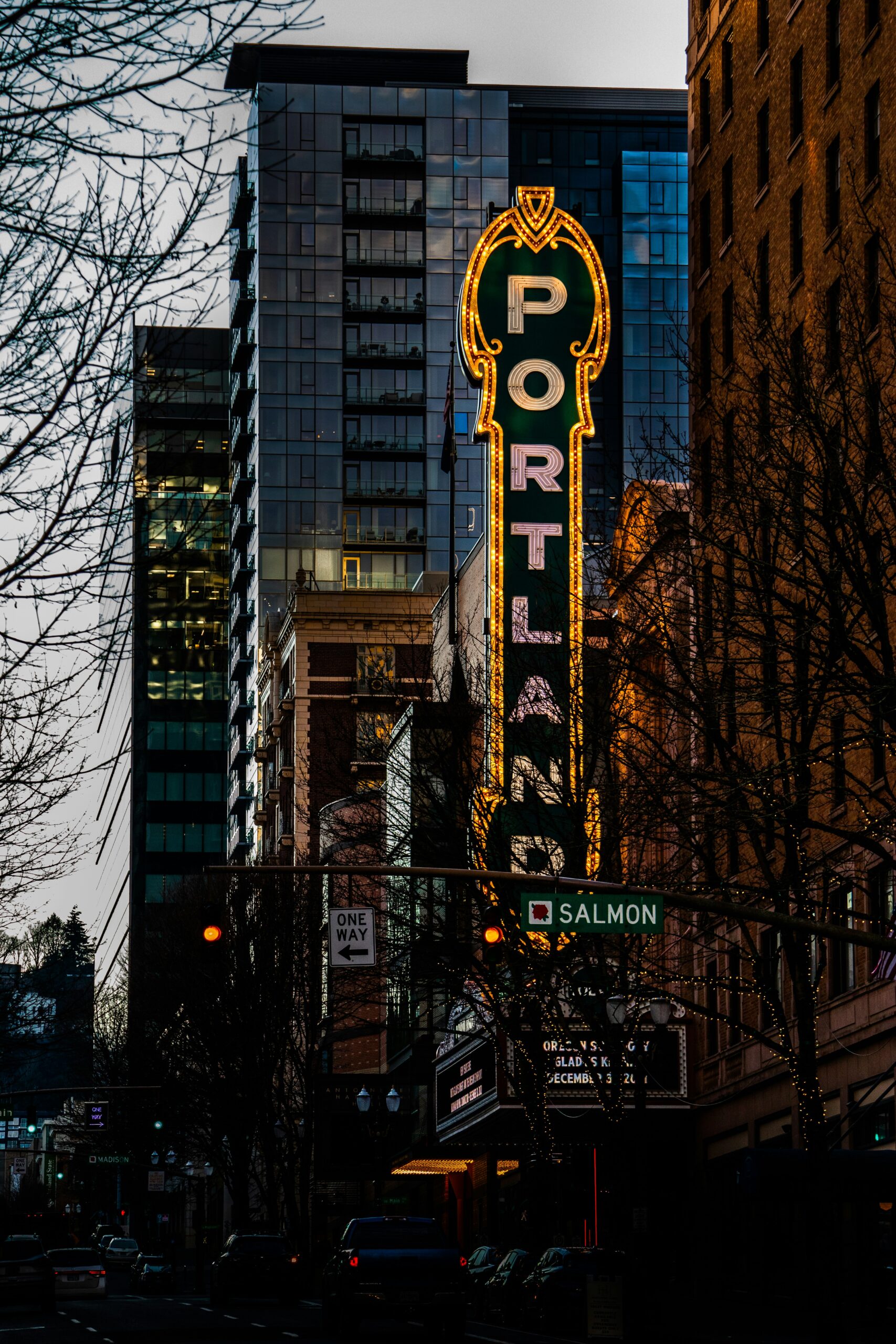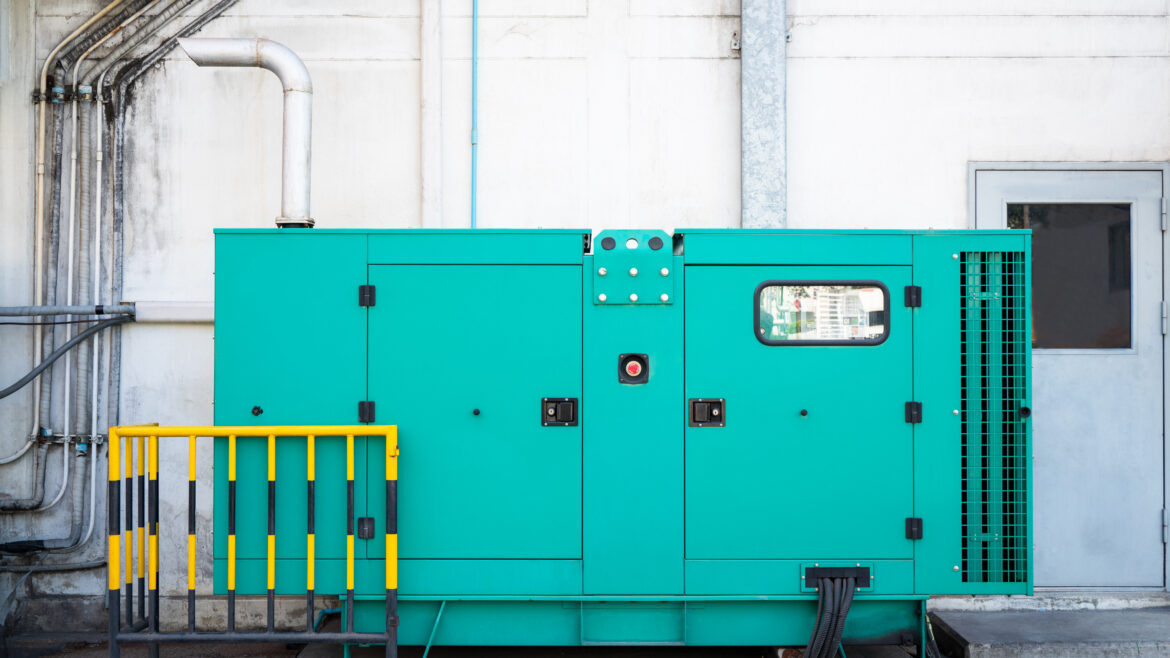Bulk diesel desiccant filters, dry fuel, and keeping your diesel fuel clean.
Bulk diesel fuel delivery and storage best practice.
Use Desiccant Breathers and Premium Diesel additives to improve your diesel performance and reduce maintenance cost.
Save tens of thousands on fleet maintenance costs!
How? Clean, dry, and premium-treated diesel.
Reduce injector wear and particulate trap service needs with simple steps focused on fuel quality. Get the water and dirt out of your fuel with aggressive filtration and then upgrade the fuel’s lubricity, detergency, cetane, and performance with Hyrdrotex Power Kleen premium diesel.
Call Star Oilco if you want to permanently solve bulk diesel quality issues with our Precision Fuel Management program.
Do you have a bulk diesel storage tank?
Does that tank seem to have water in the bottom of it and you can’t seem to figure out where it’s coming from?
You call your diesel supplier and they say they know it isn’t them. If that’s your experience, Star Oilco can explain where that water is probably coming from. With the help of Hydrotex, Star Oilco can also lab test your fuel quality and prove we are in improving it as well.
All storage tanks are different. But for the most part, if your tank seems to take on water randomly. It’s probably from the tank breathing. Especially if you have a large above ground tank. In fact, if you tracked it on a calendar it probably happens the same time of year in conjunction with a weather pattern your tank responds to.
How it works is as the temperature changes the tank’s space that is not filled with fuel will breathe in and out. The temperature and air pressure move air in and out of the tank. As does dispensing fuel out of the tank and then refilling the tank. When that happens, especially if you have a significant amount of humidity in the air or misting rain, water makes it’s way into your fuel supply. As temperatures change, moisture is drawn into the tank, condenses on the inner wall of the tank, and then deposits itself on the bottom of the tank.
This water not only poses a risk to your engines, but if your fuel isn’t treated for stability and performance, that fuel is guaranteed to start growing bugs and algae that will spread throughout your fleet and will have your mechanics spinning filters and dealing with random problems due to this diesel biological growth.
This problem is also exacerbated by ineffective fuel additives trying to keep your fuel dry, clean and safe for your injectors to process, which ensures that water does not get absorbed by your diesel. A single drop of water falling out of solution in today’s high pressure fuel rails and your engine can blow an injector.
HOW DO YOU SOLVE WATER IN YOUR DIESEL TANK?
ANSWER: DESICCANT BREATHERS ON YOUR VENTS
Star Oilco recommends Donaldson desiccant filters, given their excellent full line of products and support. More on the full Donaldson Clean Dry Fuel program here: Donaldson Clean Diesel Kits Brochure.
The Donaldson desiccant breaker mounts to the top of a tank at it’s vent point. This addition seals the point of failure for water to get into your tank. Though in some cases it doesn’t stop 100% of water from ending up in your fuel tank, it definitely guarantees you know where it won’t be coming from, the environment around your tank.
(NOTE: If dealing with underground storage tanks also be aware that if you seal the vent with a desiccant filter and you still have incident’s of water, it might be a leak in the bottom of the tank where rain water is making its way into the tank.)
By using Donaldson filters, Star Oilco also gains the benefit of support from Hydrotex PowerKleen diesel fuel lab to analyze fuel to guarantee that the before and after samples of the fuel are moving as expected and the problem is solved. Running diesel samples can cost as much as $200 each time–having a partner that backs up our solutions with ASTM and ISO measured verification is a must.
The first step in getting better performance from your diesel fuel is to test your bulk diesel storage tank.
To get a complementary ASTM diesel fuel test, contact Star Oilco for assistance.


































